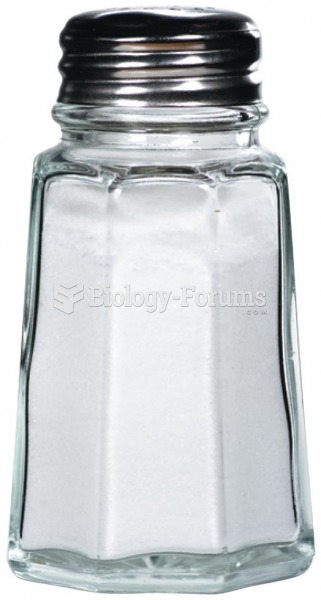Answer to Question 1
Athletes require enough fluids and energy to meet the demands of physical activity.
When energy needs are not met, an athlete can lose muscle and hence lose strength and endurance.
Carbohydrates are needed to maintain glycogen stores, whereas protein maintains, builds, and repairs muscles.
High-quality protein sources are needed to maintain, build, and repair tissue.
Dietary fat is an important source of energy, providing essential fatty acids and facilitating the use of fat-soluble substances.
Iron is necessary for oxygen delivery to tissues, and calcium is needed for building and repairing bone tissue.
Zinc is needed for energy metabolism and for the maintenance, repair, and growth of muscles.
Excess sweating can disrupt fluid and electrolyte balance, impairing body temperature and fluid regulation.
Athletes can prevent dehydration by consuming adequate amounts of fluids before, during, and after exercise.
To stay fully hydrated, athletes should consume 2 to 3 cups of fluid two to three hours before exercise.
After exercise, athletes should replenish body fluids by consuming 2 to 3 cups of fluids for each pound of weight lost.
Answer to Question 2
Strength training (such as weight lifting) promotes muscle growthhelping increase muscle size and strength. Endurance training is especially beneficial to pulmonary and cardiovascular function and can help improve aerobic capacity (the maximum amount of oxygen the body can use during a specified period). Interval training, which involves alternating short, fast bursts of intensive exercise with slower, less demanding activity, helps improve both aerobic and anaerobic capacity. (Anaerobic capacity is defined as the ability to perform repetitive, high-intensity activity with little or no rest.) More specifically:
Muscles of trained athletes use glucose more sparingly, and they are better able to use fatty acids as an energy source.
Endurance training increases the number and size of mitochondria, the location of aerobic metabolism.
Training increases maximal oxygen consumption (called VO2 max), which may help delay fatigue.
Training strengthens the heart, resulting in more forceful and efficient cardiac function and better nutrient and oxygen delivery to muscles.
The expansion of capillary blood vessels in muscles increases blood flow to muscle cells. The increased production of red blood cells in response to training further increases the oxygen-carrying capacity of the blood.







